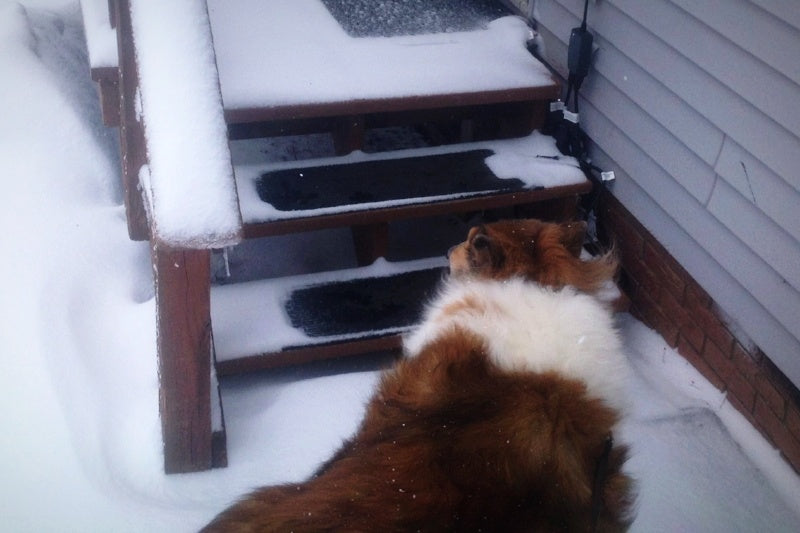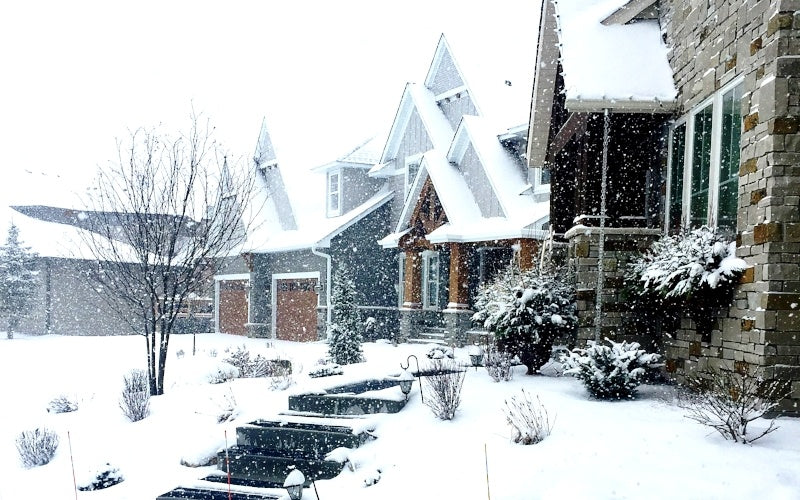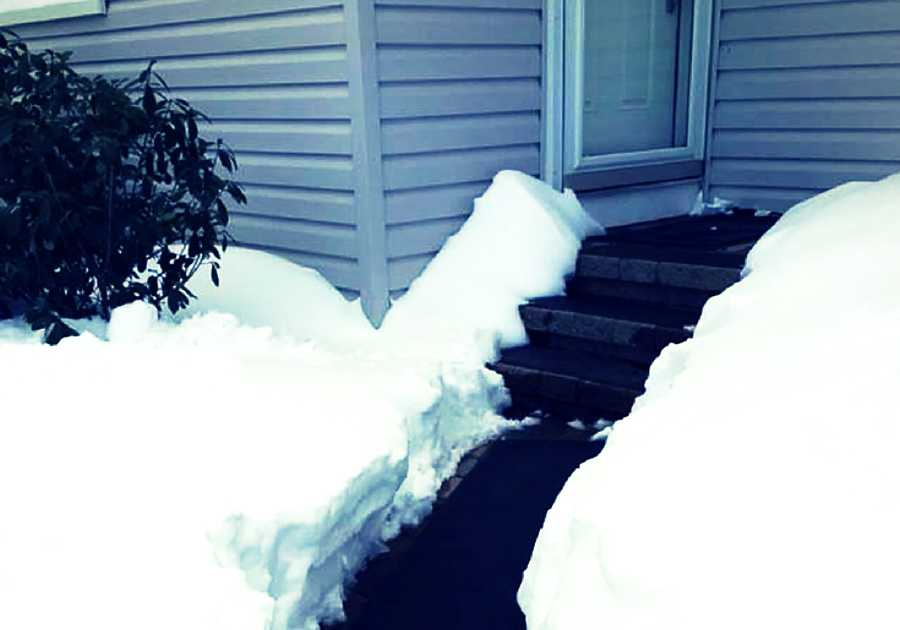
Rock salt (sodium chloride), as well as many other deicers, pose major hazards to your pets when applied in significant quantities to your driveway and other outdoor pavements. Being aware of these dangers and how to eliminate, or at least minimize, the risks to your cat or dog from rock salt can save your pet's health or even his/her life.
Salt Burns to Dog/Cat Paws
When you spread rock salt over your driveway and your pet then walks on the salt, or on a salt-water slush resulting from its melting of the snow/ice, the salt crystals can attach to the animal's paw pads and cause irritation and burning. It can also lead to inflammation, redness, soreness, and bacterial infection. While rock salt can also attach to fur and cause burns on other parts of your pet's body, the main problem is with the paws.
Using a "pet-friendly" deicer, sand mixed with a minimal amount of salt, and simply shoveling, snow blowing, or hiring a snow plow service are ways to deice without rock salt. You could also lay down walkway, stair or driveway grade snow-melting mats to keep an ice-free zone without resorting to rock salt.
Additionally, protect your dog/cat during winter by rinsing off his paws when he returns from an excursion outside. If the breed has long hair, you should trim/groom the coat regularly during the winter. You may also consider investing in "booties" to protect pet paws from salts, and you can take your dog out to a non-salted area when it’s time instead of just letting him/her loose to go out alone.
Ingestion of Rock Salt by Pets
Once your pet walks on rock salt, he/she may well stop to lick his/her paws and thus ingest the salt. Or, your pet may simply stop to drink water mixed with rock salt or even eat or lick deposits of rock salt directly. Both for dogs and cats, ingestion or rock salt in significant amounts can be dangerous or even deadly.
Too much salt in your pet's system can lead to vomiting, diarrhea, trembling, seizures, erratic walking behavior, disorientation, extreme tiredness, an unnaturally intense thirst, or unusual drooling or salivating. Salt burns to the mouth and/or gastro-intestinal tract are also possible, along with sodium toxicosis (salt poisoning).
In extreme cases, your dog/cat could even die or fall into a coma as a result of ingesting rock salt, so take the warning signs seriously and call your vet if you suspect there is a problem. Your vet will likely deliver intravenous medication/fluids and monitor your pet to ensure the condition does not worsen.
Not only rock salt, but also calcium chloride and certain other deicers can be a danger to your pet if ingested, so either keep your pet indoors during winter or monitor him/her closely while out of doors. Otherwise, opt for the non-chemical deicing methods mentioned above. Also, keep in mind that salt tracked in on boots and shoes can accumulate on welcome mats and floors and be ingested by your pet. So sweep often and wash and clean welcome mats regularly.
Rock salt can effectively melt the snow and ice on your pavements, but in using it, you are exposing your dog or cat to additional dangers. If you cannot eliminate rock salt use entirely, you may be able to minimize it by using deicers labeled "pet safe" as much as possible and/or opting for non-chemical snow/ice removal methods.
Both your pet's paws and his/her whole digestive tract can be burned by salt crystals, and salt toxicity in the bloodstream can be fatal. Thus, those with pets who will be spending some time outdoors during the winter should take the time to seriously consider how to reduce the risks their pets will face.


